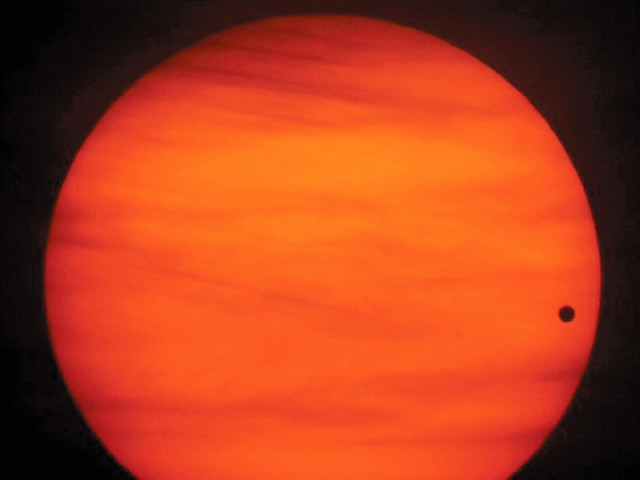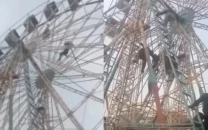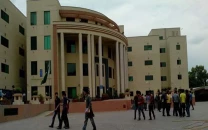The amazing universe
Get your telescopes ready to spot planets and shooting stars in 2012!.

Venus on the move
For universe lovers, this event is going to be the year’s most anticipated astronomical event and it takes place on June 5-6. The planet Venus will pass between the earth and the sun and you will see Venus (a small black circle) slowly move across the Sun, just like the lunar eclipse! Transits of Venus are very rare events and only a few have been witnessed since the invention of the telescope. Be sure not to miss this very rare event because the next one won’t be visible for over another 100 years! But kids, make sure you are careful while viewing the sun. You have to use the right equipment for viewing the Sun — such as eclipse glasses, solar filters — or use a telescope. Never ever look directly at the Sun and never look at it through a normal telescope or binoculars — You could become permanently blind!
A spooky surprise in 2012?
Did you ever wonder why the days are so long in the summer and so short in the winter? In the summer, around June 21 or 22, we experience the summer solstice, which is the longest day of the year. And in the winter, December 21 or 22 is the winter solstice, or shortest day.
The change in the length of the days is because of the position of the sun. During the winter solstice, the sun is closer to the horizon than at any other time in the year, meaning shorter days and longer nights. So if you live in the northern hemisphere (north of the equator), Earth is tilted toward the sun in the summer and away from the sun in the winter. The solstice marks the turning point, when the days begin to grow longer (in the winter) or when they begin to grow shorter (in the summer).
The day after the winter solstice marks the beginning of lengthening days, leading up to the summer solstice in June.
Many people believe that the winter solstice of 2012 will bring in the end of the world, according to a calendar established by the ancient Mayan civilization. It’s a really spooky idea and scares many people. But just relax kids. There’s little scientific proof that such an event will actually ever happen!
Starry-eyed surprise
On March 14, the evening sky will shine with a bright light. You might think that the light is coming from two ‘stars’ shining in the sky but these will actually be planets Venus (the second planet in the solar system) and Jupiter (the fifth and the largest planet of the solar system). These two planets will come very close to one another and the pair will burn brightly together like a pair of alien eyes smiling at us after the sun sets. So on this day, make sure you borrow your parents’ camera and take several pictures of the glowing stars in the sky!
Wish on shooting stars
This year was not a good year for meteor showers but the next year will bring in many of these wonderful showers, which look like shooting stars. How do meteor showers actually happen? When a comet travels close to the sun, it heats up and part of the comet melts. After a comet has orbited the sun many times, a lot of small pieces of the comet are left along the comet’s path. A meteor shower happens when earth passes through the path of a comet. When this happens the bits of comet remain and create streaks of light in the night sky as they burn up in the earth’s atmosphere. The bits of debris which enter earth’s atmosphere are called meteors.
Don’t forget to watch the beautiful ‘shooting stars’ in 2012. Quickly note down the dates of these events, which will light up the sky with bright lines.
The Quadrantid Meteor Shower: The peak time of this glowing shower on January 4 will show roughly around 80 meteors per hour!
The Perseid Meteor Shower : Perseids which will take place on August 9 and 10 will be the most popular meteor shower of the year as it tends to be warm and the shower has very amazingly meteors and fireballs. It will look as if the sky is bursting with lights, as 100+ meteors per hours pass through it.
The Geminid Meteor Shower is probably the best meteor shower of the year with high rates of slow bright meteors. The best time to look out for Geminids is on the evenings of December 12-14.
Published in The Express Tribune, December 31st, 2011.


















COMMENTS
Comments are moderated and generally will be posted if they are on-topic and not abusive.
For more information, please see our Comments FAQ